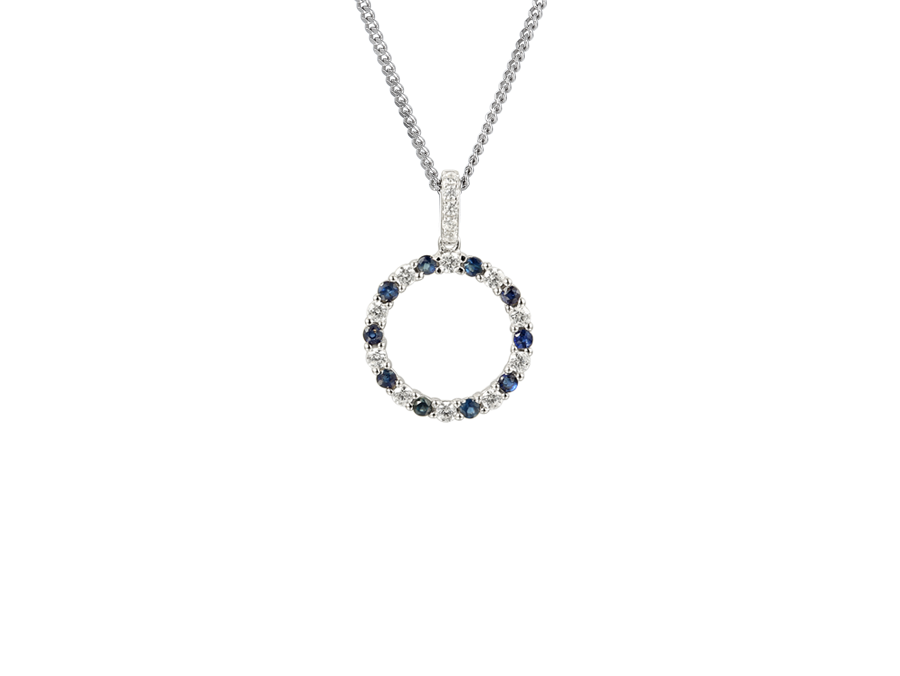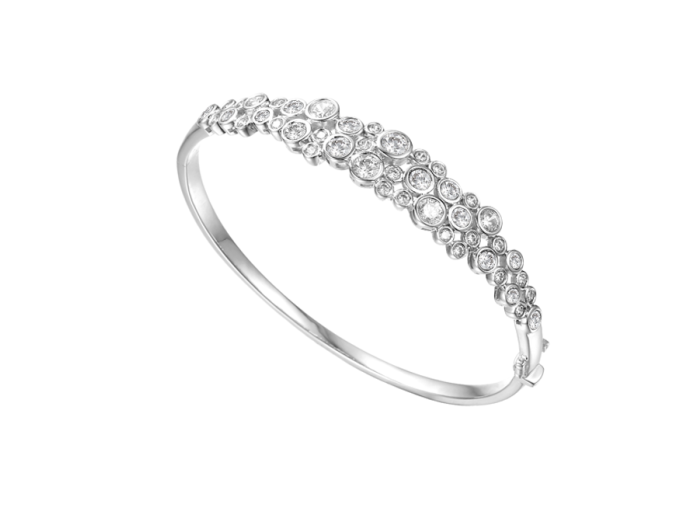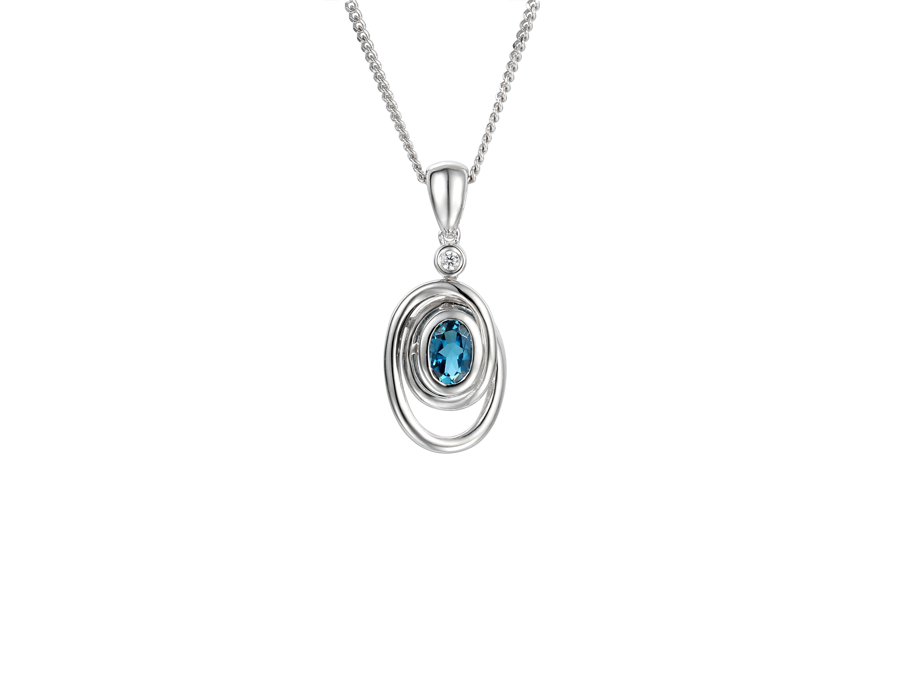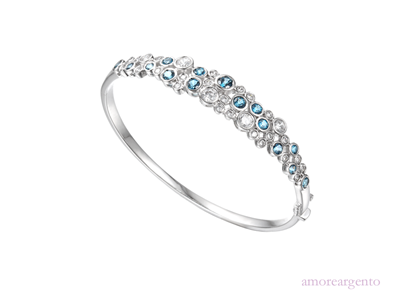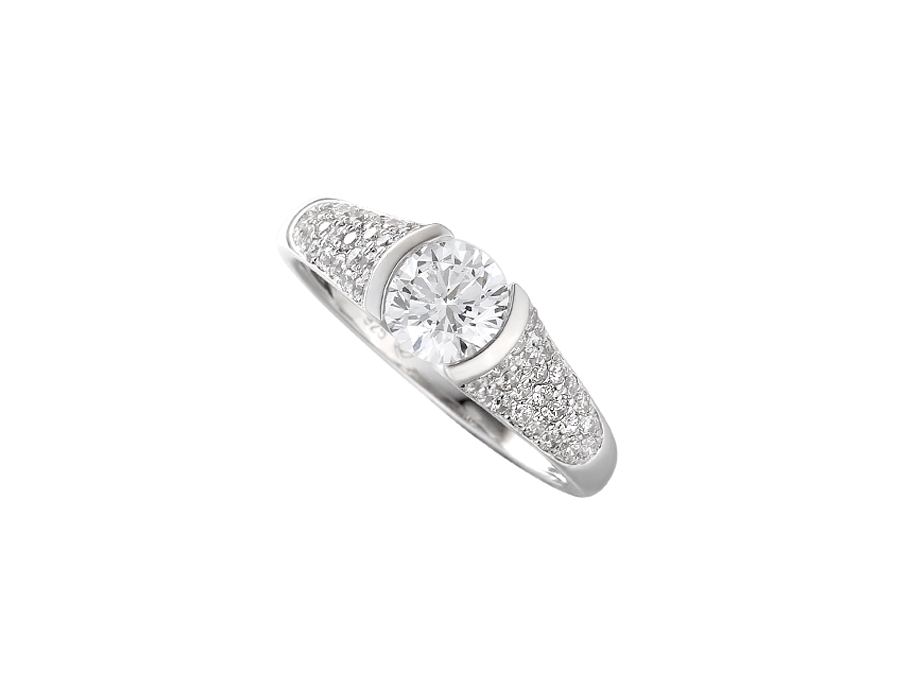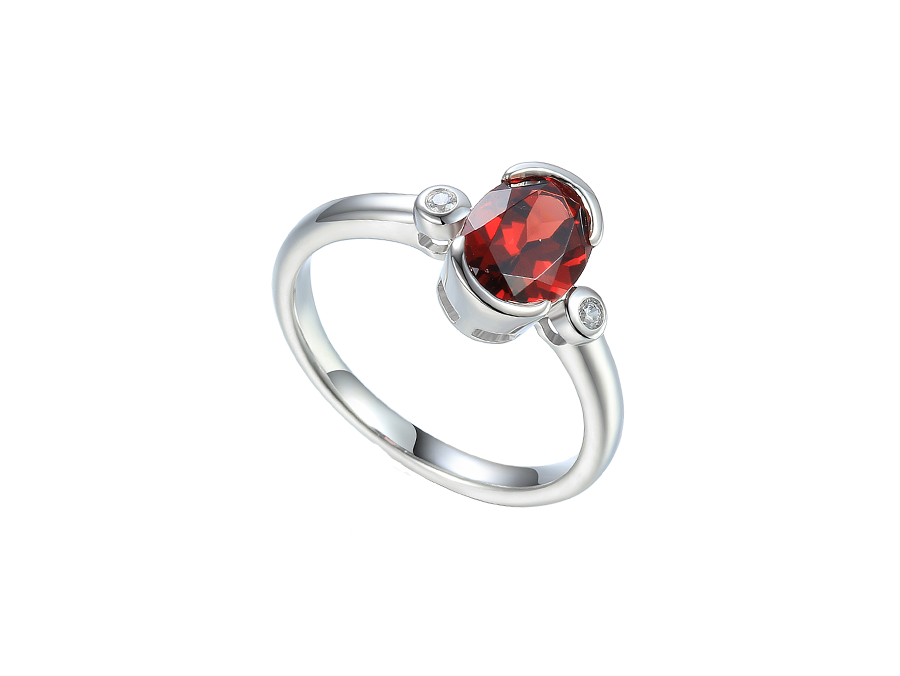We use cookies to make your experience better. To comply with the new e-Privacy directive, we need to ask for your consent to set the cookies. Learn more.
Caring For Your Opal Jewellery (And Some Myths Debunked)
Opals are gorgeous stones with unique light reflecting qualities within the structure of the stone, and an iridescent quality which makes them work with many different colours. Some opals have a more defined colour palette than others due to natural variations in colour and the paler ones work with any colour, pairing beautifully with all shades and tones. Opals appear in a lot of art nouveau jewellery because the qualities of the stone work well with the aesthetic, but there are a lot of superstitions out there about opals, many of them negative.
There are varied reasons behind these superstitions, but many of them are thought to stem from the fragile nature of opals. The fragility of the stone is something that you must pay attention to when owning and wearing opal jewellery, as it is more easily damaged than other materials. Gemstones all have a hardness index, rated on the Mohs scale. Diamond has a rating of 10, making it the hardest substance on the scale, while opals come in between 5.5 – 6.5 meaning they are almost half the hardness of diamond. This is a lower end of the scale, this means opals can be damaged by most other stones, metals and even glass.
Due to the softer nature of the stone opals should be worn with care, and opal rings shouldn't be worn with other rings on the same hand in case accidental damage occurs. For the same reason you should never sleep in opal jewellery and always remove it when washing up, gardening or doing sporting activities where it could get knocked or damaged by chemicals – even sweat counts as a chemical when it comes to jewellery care, so you may consider keeping your opal jewellery for occasions when it can be safely worn.
When storing your opal jewellery ensure it is separated from other pieces by soft material and that it can't move during transit. It’s a good idea to wrap opal jewellery carefully so that the stone is protected from any accidental damage, even from the chain the opal pendant hangs on. Never hang opal jewellery from jewellery trees or other display stands, because if it falls it could get damaged, and there is a danger of other items or people brushing up against it, knocking it off. If you want to clean your opal jewellery take it to a professional jewellery cleaner, who will have the right solutions to clean it without damaging it.
In the past some gem cutters refused to work with opals because they would have been liable for the cost if they broke it, and this is the source of some of the negative superstitions about opals being bad luck. More modern techniques have allowed opals to be handled with more care and cut more precisely, so they are now no longer an unfavourable stone but the legend persists. Sir Walter Scott may also be responsible for the bad reputation opals have, as a character in his 1829 novel Anne of Geierstein wears an opal which gets splashed by holy water and almost explodes, later killing the wearer.
Some of the superstitions about opals are:
- an opal engagement ring means the bride will soon be a widow
- opals should only ever be given as a gift and not purchased for oneself
- opals should never be given as a gift, and only bought for oneself
- wearing opals is bad luck unless it's your birthstone (October)
- opals will lose their beauty once the owner dies
These can all be traced back to the issues of fragility, general superstitions and diamond sellers promoting these negative associations to sell more diamonds; despite the negative superstitions opals have been popular in modern jewellery from the 1800s onwards. Until 1912, Opals were the American birthstone for October, which is when they were all replaced with transparent gems.
Nowadays while some superstitions persist we can understand how they came about, and why in the modern world, with due care, we can safely wear and enjoy opals without any bad luck befalling us, or the stone sustaining damage.








